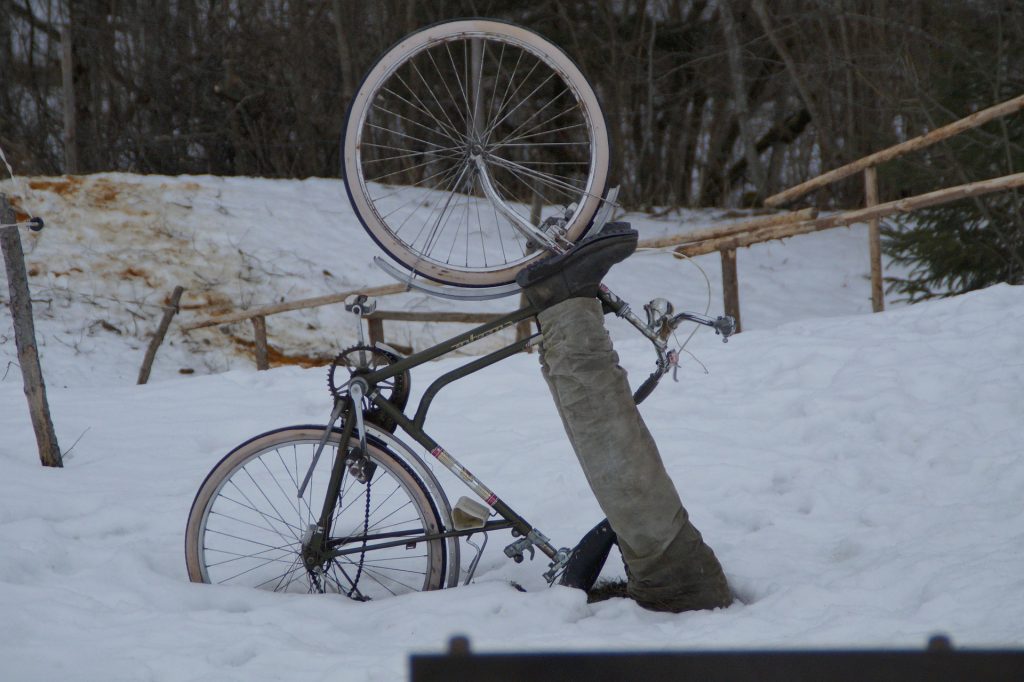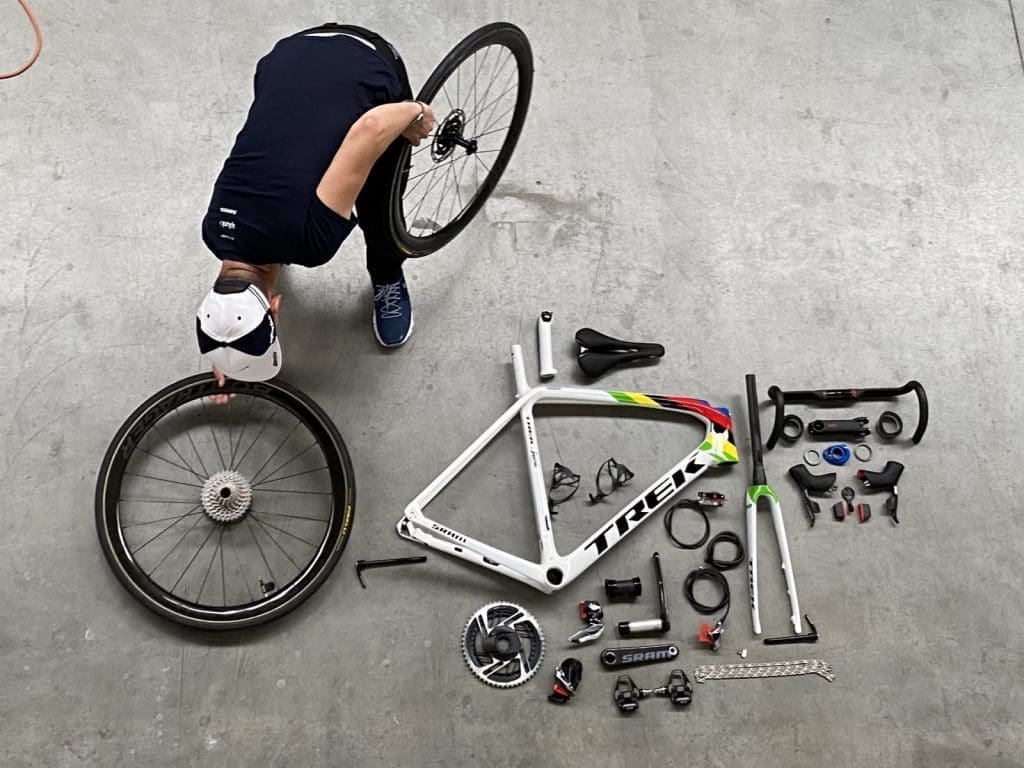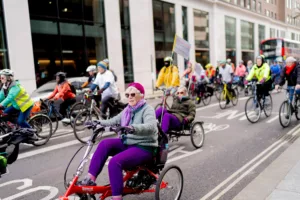Cycling is a great way to get exercise and fresh air, but it also has some serious risks. When you go biking, you put your body at risk of injury in all sorts of ways. Luckily for cyclists everywhere, many types of injuries can happen while cycling, and we’re here to help with the best solutions!
Table of Contents
ToggleCheck on the list below.
Lower Back Pain
Lower back pain is probably one of the most common cycling injuries. It’s caused by vibrations in your spine, and, as you might guess, it can become debilitating if left untreated for too long.
The best way to deal with lower back pain from biking is to stretch before you ride and take breaks every so often during your bike ride. Also, when you get on your bike, make sure to tuck in your pelvis and avoid leaning too far forward.
Neck Injuries
Neck injuries can also happen to cyclists and are caused by vibrations in your spine. The best way to deal with neck pain is to make sure you’re not leaning too far forward on the bike, don’t have a handlebar that’s positioned too low or high, and try stretching before biking as well.
To deal with a neck injury after cycling, it is important to take a break from biking and see a physiotherapist. As we can observe at https://easyalliedhealth.ca/, the therapist will help by pursuing several procedures such as massage or stretching to relieve the pain over time. Therefore, you will need to get a qualified one immediately if you suffer such injuries to avoid the issue becoming worse.
Knee Pain
Knee pain is also fairly common for cyclists, and it’s most often caused by improper bike fit. If you have knee pain from cycling, the best thing to do is make sure your seat height isn’t too low or high and that you’re not sitting at an angle. You may want to invest in a good pair of cycling gloves as well.
Also, if you have knee pain from cycling and it’s not going away, it is important to visit a physical therapist to have the situation solved. A physiotherapist can also help heal the pain by performing several procedures, including massage, stretching, and exercise. The good thing about this therapy is that you can get it at home or visit the clinic.
Ankle Sprains
Ankle sprains are also fairly common among cyclists. They’re caused by a sudden twisting of your ankle, which can happen if you don’t have the proper shoes for biking or if you hit a bump in the road and lose balance.
Because it’s so easy to get an ankle sprain when cycling, it is important to wear the right type of shoes and make sure you are always aware of the surface that your bike tires are touching. It’s also a good idea to wear bike gloves so that you can have greater control of your handlebars.
The best way to deal with an ankle sprain after cycling is by applying ice and elevation for the first few hours, followed by gentle stretches right before going back on your bike again.
Shin Splints

Shin splints are also fairly common among cyclists. They’re caused by spending excessive time on your bike and not getting enough rest in between sessions.
The best way to deal with shin splints is to make sure you take breaks from biking and that you don’t keep riding when they start hurting too much. Additionally, it’s important to make sure you have proper shoes for biking with good arch support.
To deal with shin splints after cycling, it is important to rest them and apply ice or any other cold therapy within the first few hours of hurting your shins so that they’ll heal quicker.
Wrist Problems
Wrist problems are also fairly common for cyclists and can happen from improper bike fit or when your handlebars twist too far.
The best way to deal with wrist pain is by making sure you have a good grip on the handlebar, wearing gloves that provide some cushioning and getting a proper bike seat height so that you’re not leaning too far forward.
The best way to deal with wrist pain after cycling is by taking a break from your bike and not using it for the first few hours. You may also want to visit a doctor or physical therapist if you’re in chronic pain, especially if your symptoms get worse over time without any relief.
With so many common cycling injuries, it’s important to know how to deal with them, including visiting a physical therapist. If you’re dealing with lower back pain or shin splints, try taking a break from riding and give your legs time to heal up. For wrist issues like carpal tunnel syndrome and ulnar nerve entrapment, make sure you take breaks while biking by using proper hand positioning on the handlebar grips and wearing gloves that will protect against pressure points in the fingers. You can also opt for biker bars instead of straight handles if this is an issue for you.






